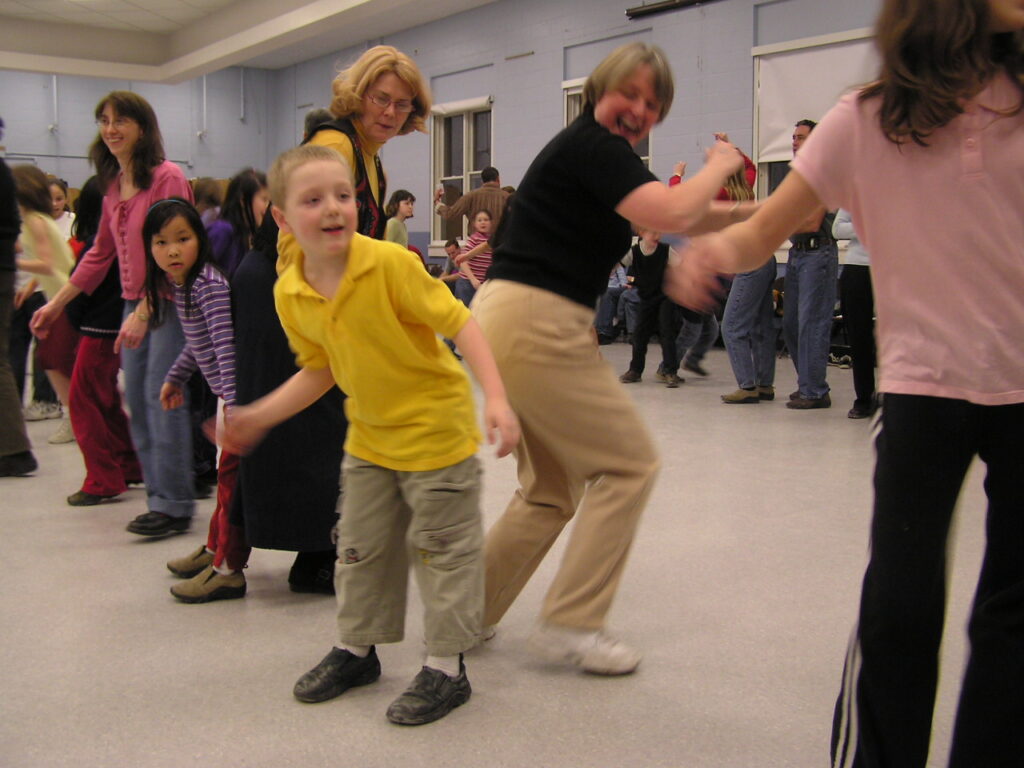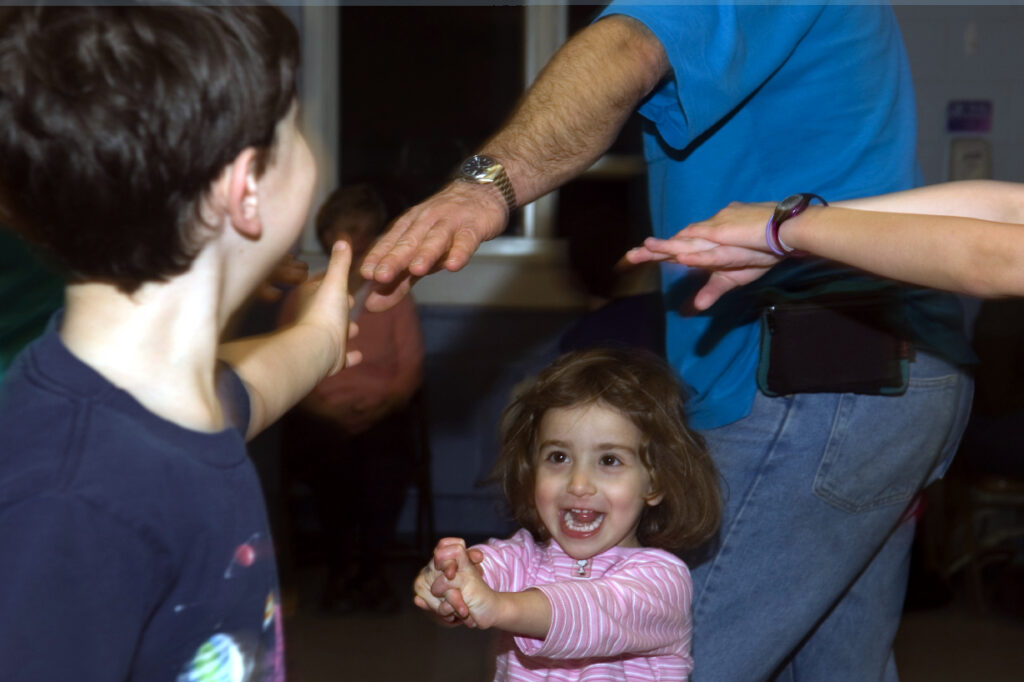Dance Video Documentaries
The first three DVD products shown are available from David. Click here for ordering information.

Contra Connections
Two videos on one disk!
Paid to Eat Ice Cream tells the story of New England through the career of Bob McQuillen, the legendary piano player and tunesmith. What’s Not to Like? is a portrait of David’s home dance with Northern Spy in Norwich, Vermont, a monthly series that has been running since November of 1980.

The Other Way Back
Dudley Laufman is one of the most important figures in 20th century contra dance history, a recipient of the National Heritage Fellowship. This video documents the vital role he played in creating the contra dance revival we are part of today.

Sweet Talk
Connecticut dance caller Ralph Sweet has been at the caller’s mic for more than 60 years, including 20 as part of the Modern Western Square Dance movement. This interview is expanded with photographs and audio clips of the many other figures who influenced his work.
More Dance Videography:
 Square Dance with Lester Bradley:
Square Dance with Lester Bradley:
Lester represented New Hampshire at the 1999 Smithsonian Folklife Festival in Washington, DC. His monthly dance in Wentworth, NH, features traditional squares. Lester calls and plays guitar, and is joined by an open stage of a dozen musicians.
 We Find No Harm in Dancing:
We Find No Harm in Dancing:
The Enfield, NH,Shaker Singer commissioned this project, a detailed documentation of several decades of research into Shaker dances. Filmed on location at the Shaker Museum, the video contains edited versions of dances with commentary, plus unabridged versions of each dance.
 Dancing in Westport Point:
Dancing in Westport Point:
There’s been a summer dance series in this small Massachusetts town for some 75 years. When a group of elderly dancers gathered to share stories, David was there to record their memories. (See his suggestions on how to document a dance.)

A timeline of David's video projects:
- Square Dance with Lester Bradley, 2010
- Dancing in Westport for Westport Point Historical Association, MA, 2009
- “We Find No Harm in Dancing”: Shaker Marches and Dances, 2008
- Sweet Talk, 2008
- The Other Way Back: Dancing with Dudley, 2007
- Square and Contra Dance Documentaries, compilation prepared for a presentation at Brooklyn Public Library, part of Dance on Camera Festival, 2004
- What’s Not To Like? A Community Contra Dance, 2002
- Paid To Eat Ice Cream: Bob McQuillen and New England Contra Dancing, 2001
Questions? Please get in touch! [email protected]
